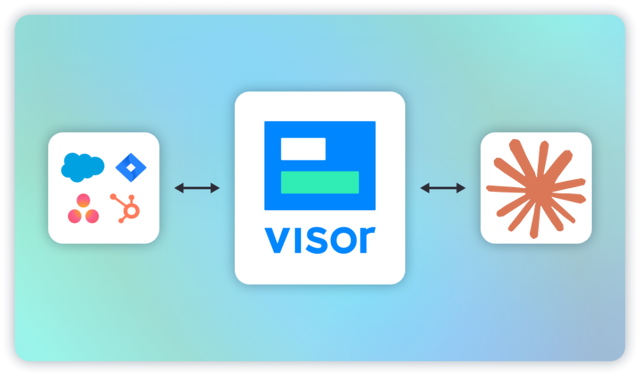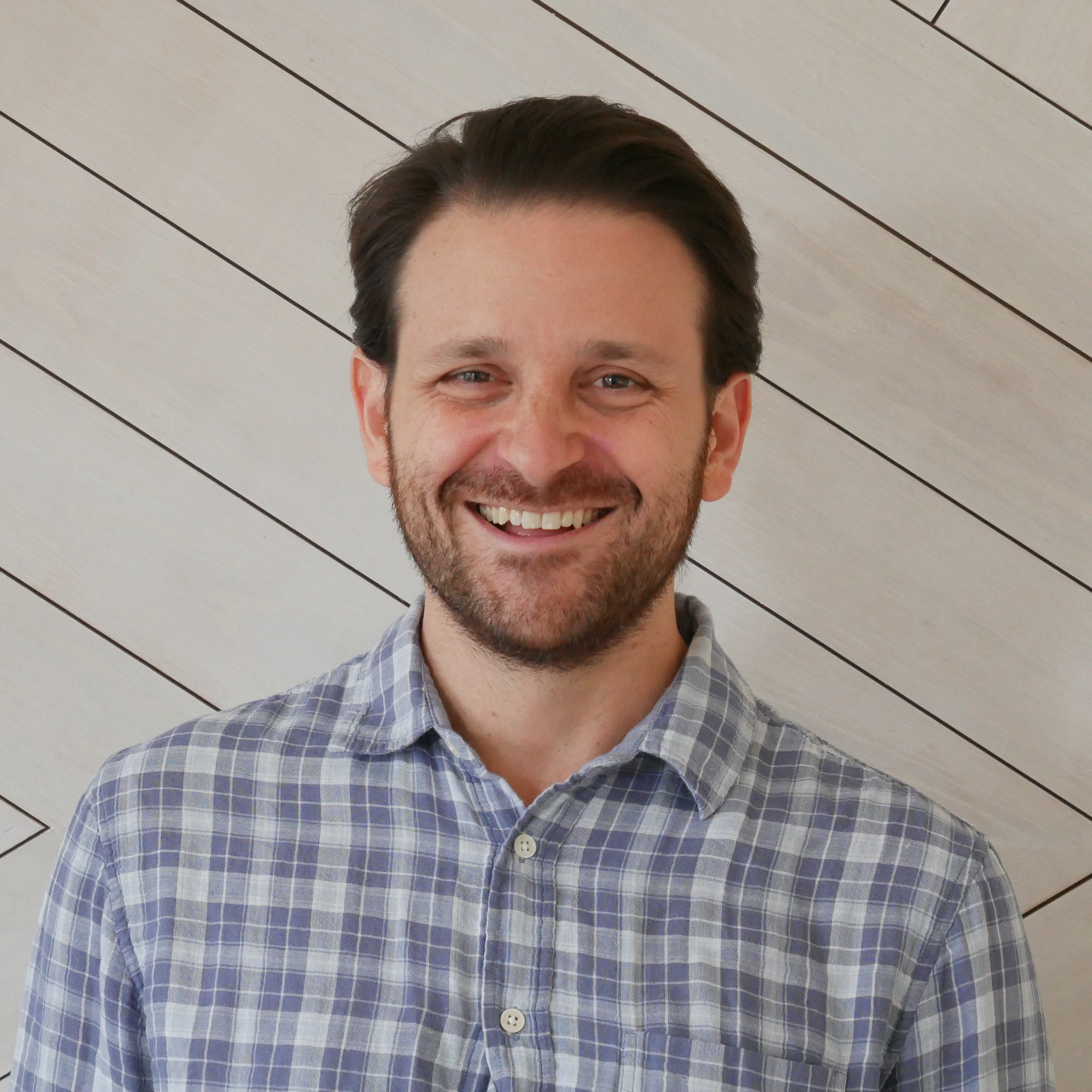
Think your PLG strategy doesn’t need sales people? Think again.
When an important investor questioned if we were abandoning our product-led growth strategy by hiring a salesperson, I knew I needed to explain. The last thing founders want is investor misalignment on company strategy.
Here’s why PLG companies actually benefit from a high-touch salesperson on their team:
Usage data alone can’t drive your PLG strategy
Sales-led companies can rely on people to explain product value, train customers how to get it, and smooth over product friction. But product-led companies need their product to easily guide customers to success… with zero human intervention.
This goal of delivering value without human help dramatically raises the bar for PLG companies to have an exceptional product. To build one, you can’t hide behind session replays, analytics data, and funnel analysis. You need to get out there and meet your customers regularly so you can learn their motivations and needs.
But that seems like a paradox, since the whole PLG model is premised on a zero-touch experience. (The vast majority of Visor’s sales are what we call “double-zeros” – customers who buy on “day zero” with zero human interaction.)
I’ll give an example of how usage data can be insufficient, possibly misleading. I recently had a call with one of our longest-running customers to check in. After catching up on our recent family trips, we got down to business. What was scheduled as a 30-minute call ended up becoming a nearly two-hour conversation. As we got deeper into it, she mentioned her biggest frustration using Visor: inviting people to the product. Each month, she needs to create multiple Visor workbooks and share each with a few dozen colleagues. She must enter emails one-at-a-time, which is tedious and frustrating.
If my team simply looked at her usage data, we’d be giving ourselves high-fives. “Look at how many people she’s inviting!” Meanwhile, on the other side of the computer screen, frustration builds. Without enoughs calls like this, we’re leaving ourselves under-informed and vulnerable.
When I noticed the Visor team was relying too heavily on customer usage data and needed to spend more time meeting customers, the fix was simple: we aligned our internal goals to different data. I set up dashboards to count the number of meetings and minutes we spent live with customers each month.
Finding the right (sales) person for the job
So how do you get enough customers to speak to you? The best vector we’ve found is by turning support conversations into deeper relationships. But this is tricky.
Wes Bush, the founder of the Product Led Institute describes “Sales Outreach” and “Customer Success Outreach” as critical bumpers in his “Bowling Alley Framework” for PLG. He describes the importance of these bumpers keeping customers in the lane towards the bowling pins.
Kyle Poyar of OpenView Partners refers to it as the “sales-assist” role, citing titles like “onboarding specialist” (Airtable), “success coach” (HubSpot), or “enterprise advocates” (Atlassian).
Initially, we wanted to avoid bringing a “sales” team in for reasons well-described by Poyar:
An overly aggressive sales team could turn off prospects who just want to use the product and be left alone, cannibalizing self-service conversion. Sales could push the product roadmap towards larger customers with deeper pockets, which could lead to a more complicated and harder-to-use product. And, let’s be honest, sales is expensive and can drive up CAC significantly. In many companies, it can start to feel like you’re building two different companies at the same time.
Kyle Poyar, OpenView Partners
To avoid having the term “sales” in our org chart, we hired someone with a customer support background and invented the title “Product Success Manager.” But we learned it’s probably not the right fit. Someone exclusively focused on great customer support might prioritize solving customer problems quickly and moving onto the next. But PLG companies need to also turn these conversations into much deeper interactions to maximize learning.
That has brought us back to considering this to be a “sales” role, with the expectation that this role should be more relationship-driven than transactional.
What the PLG salesperson does
Even though we’re looking for someone with a sales background, this role isn’t about making sales. It is about earning customer trust, gaining deep insights, and improving the PLG engine. Every interaction with customers should yield some improvement: a new knowledge base article, an improvement to product UX, or even an email that triggers like magic to help other users at the same moment of possible friction.
It sounds hard to turn support chats into relationships, but I know it’s possible. When I was more regularly on chat duty, before we scaled the team, I built deep relationships with some of our customers. We traded personal stories and pet names. Even as some of those customers left the companies where they were using Visor, those relationships persisted. That’s what this role requires, because it’s that level of trust where you get the real story that data would never tell you. If you still think this is transactional, you’re missing the key point: these relationships have to come from a genuine desire to help these new friends achieve their goals.
What this looks like in practice
It’s possible you’ve never had a chat experience that’s quite like what I’m describing. In order to paint a clear picture of what this approach looks like in practice, I’m going to borrow from a recent experience I had helping a customer via support chat.
This person asked about version history, since a bunch of data had just disappeared. Before I had an opportunity to get past hello, he quickly realized that a colleague was viewing the workbook at the same time and the data was just filtered out.
Someone who’s trained in customer support likely would have ended the conversation there: “Glad that was an easy one. Don’t hesitate to reach out again if you need to. Bye!”
And a stereotypical salesperson might have tried to pressure him into a demo to discover other capabilities the customer wasn’t even asking for: “How about we hop on a call so I can share a demo about how Visor can help you align your stakeholders?”
But there is a third option. By using a PLG-salesperson approach, I was able to turn an open-and-shut problem into a nearly hour long discussion – possibly even a deeper partnership.
Instead of stopping once the initial issue was solved, I started asking questions with the goal of understanding how we could improve Visor to prevent that confusion from happening again. We got onto the topic of seeing the live status of other collaborators in the workbook, and I kept pressing with questions:
“One quick request: could you share a little bit more about how you would want this feature to work and how you’d use it? How frequently do you find that other colleagues are working in Visor at the same time as you are? If you’re interested, I might be able to give your workspace early access to that capability during our internal testing.”
Once I understood how he was planning to use the feature, I offered him early access when we had it. I even sent him an internal video I had created of a working prototype of that very feature. Why? Giving customers something special — whether it’s a free sample at Costco or a peek behind the curtain at an in-the-works product capability— makes them feel more obligated to give you something in return. This is a well-researched phenomenon called the reciprocity principle.
Next, I explained the value of him continuing to share more about his needs (and how he can help us help him). I later invited him to brainstorm how else we can help. I wanted him to know that we were in this together.
“Your vote for this will help me make the case internally to dedicate resources to it. I wonder what else we can do to help you with this.”
I closed by carefully choosing words focused on this being a partnership:
“We’ll be back to continue partnering with you around its development and deployment.”
Over the course of 45 minutes on a Thursday at 6pm, I was able to take what would have been a routine customer support interaction and turn it into PLG gold.
Our ideal candidate
That’s why the ideal person for this role should be somewhat more aligned to sales than customer support or success. But it requires an approach that is solution-focused vs. sales-focused. They need to have the ability to take an anonymous support chat and turn it into a long-term partnership. They have to believe in their power to help and know that it requires asking questions to understand what Visor users want. And they need the persistence to engage with customers in the face of rejection from others. These characteristics make it a demanding role.
But it can be the perfect fit for a more product-minded salesperson.
This role offers a three-for-one deal: PLG salespeople compile feedback like a product manager, provide support like a customer success advocate, and make sales like a salesperson. In order to be successful, they have to be able to balance all three.
Their ultimate mission is actually to make themselves unnecessary. Not that it will ever happen, but that’s the general direction.
Join our growing team!
If you’re nodding along in agreement as you read this, you might be the perfect fit for our newest open role on the Visor team. We just opened a role for a Senior Sales Development Lead to own our sales & support function. If you’re someone who is passionate about product-led growth and is excited to help customers eventually help themselves, please apply and mention this blog post.
PS: Even if this doesn’t sound like you, you can still help! We offer a referral bonus for any successful hires made. 💰
Thanks to Ethan Goldstein for reading drafts of this.






